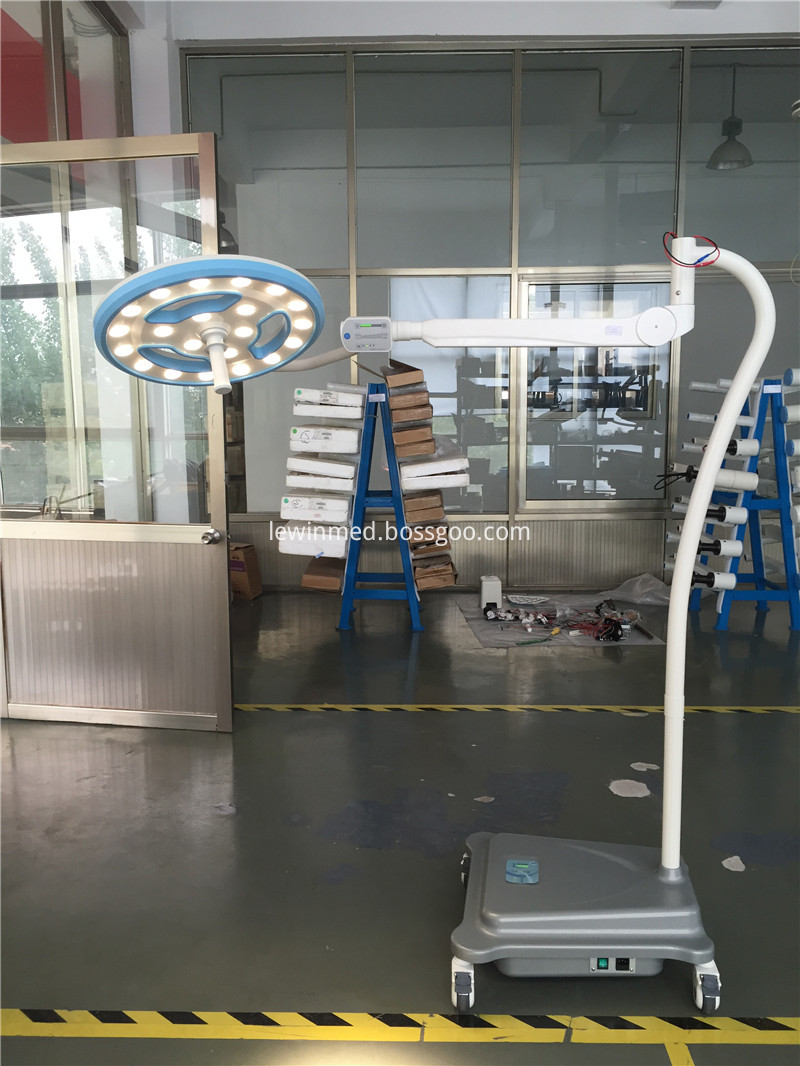Summer guard against vegetable field snails
In the past few years, snails have caused more damage to vegetable production. In the past, snails only jeopardized vegetables in the spring and autumn, but in recent years, snails have also caused damage to vegetables growing in the summer, especially in wet and rainy weather, the snails have increased their egg production, coupled with their nocturnal habits. Difficult to control. So, how to prevent snails?
Snails, also known as snails and buffaloes, are more common and harmful pests on vegetables. Whether it is vegetables in winter greenhouses or exposed vegetables in summer and autumn, snails will be harmed to varying degrees, especially in cruciferous and leguminous vegetables. The worm has risen from a secondary pest to a major pest.
Field hazards: The newly hatched larvae have low food intake and only eat one side of the epidermis and leaves, forming a transparent spot. Slightly larger, the leaves will be eaten as a short cut, or the seedlings will be cut off, resulting in a lack of seedlings.
Occurrence pattern: The snail is hermaphroditic, allogeneic mating insects, the mating time is usually at dusk, night or rainy days, and spawning is started about 15 days after mating. It can spawn 4 to 6 times a year, spawning 150 to 200 capsules each time. The eggs hatched after 10 to 18 days. Snails are generally active and endangered in April-May and September-October, and there are more rainy days in summer, which is conducive to snail breeding.
Snails are nocturnal, usually starting after 6pm and eating, peaking between 8pm and 11pm, gradually reducing their intake after midnight, and gradually stopping feeding until early morning. This unique living habit brings great inconvenience to prevention and control. Through field investigations and continuous exploration in recent years, the following methods are more effective in controlling snails:
The first is agricultural control. The use of plastic film covering cultivation, reasonable close planting, timely pruning, eradication of weeds, cultivating in time after rain or watering, damage the snails habitat and spawning sites.
The second is to set lime isolation zone. Spread a lime belt with a width of about 10 cm at the edge of the ditch and the land, and use 5-8 kg of lime per acre to kill snails that cross the lime belt.
The third is artificial trapping. Prepare weeds or leaves for heaping in the vegetable fields before evening. Snails generally like to drill a pile of vegetables, turn it before dawn and concentrate on killing.
Fourth, chemical control. Can be used 8% clomazone granules or 10% snail enemy granules spread, with 2 kg per acre. Or use 1000 times solution of colfalcon, 1000 times of copper sulfate or 1% saline solution, the control effect is ideal.
Hollow type Creled 5500M mobile led operating light. The service life of LED shadowless lamp is long (50,000h), far longer than that of traditional tungsten halogen lamp (1,500h), and it is over twenty times of the service life of energy saving lamp. Mobile LED Operating Lamp no welding titanium alloy arm and the streamline-designed lamp cap better meet the design requirements of modern clean laminar flow operation rooms. Its fashionable appearance provides a new attraction for hospital operation rooms.Mobile LED Operating Lamp with real "cold" light source: Using LED as the light source. No worry about the heat of operation area and head.

Hollow Mobile OT Lamp,Battery OT LED Light,Dental Operating LED Light,Mobile Surgery Room Light
Shandong Lewin Medical Equipment Co., Ltd. , https://www.lewinmed.com